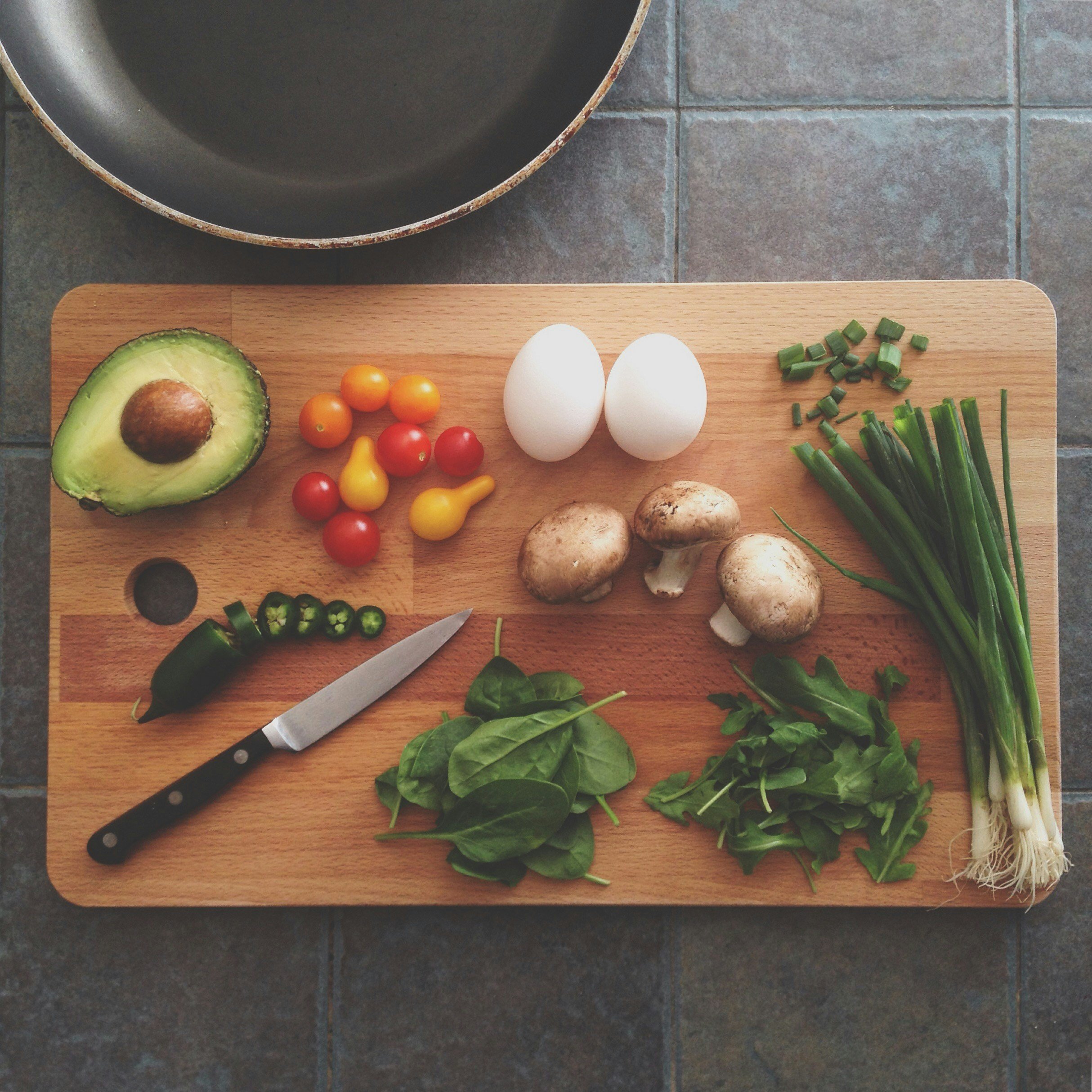What are Glycemic Index and Glycemic Load
Glycemic this and glycemic that. Does it matter?
You'll notice that they both begin with "glycemic." That's one tip that they have to do with sugars and carbs. Not only how much sugar is in foods, but more importantly, how it affects your blood sugar levels.
In general, diets that are high on the glycemic index (GI) and high in glycemic load (GL), tend to increase the risk of diabetes and heart disease.
Starches like those in potatoes and grains are digested into sugar; this is because starch is just a bunch of sugars linked together. Digestive enzymes break those bonds so that the sugars become free. Then those sugars affect your body the same way that eating sugary foods do.
Glycemic Index (“how fast”)
The most common of the two terms is “glycemic index” (GI). As the name suggests, it "indexes" (or compares) the effect that different foods have on your blood sugar level. Then each food is given a score from 0 (no effect on blood sugar) to 100 (big effect on blood sugar). Foods that cause a fast increase in blood sugar have a high GI. That is because the sugar in them is quickly processed by your digestive system and absorbed into your blood. They cause a spike in your blood sugar.
So, you can probably guess that pure glucose is given a GI rating of 100. On the other hand, chickpeas are right down there at a GI of 10. Low is anything under 55; moderate is 56-69, and 70+ is considered a high GI food. Remember, this is a measure of how fast a carbohydrate containing food is digested and raised your blood sugar. It's not a measure of the sugar content of the food.
How the carbohydrates in food affect your blood sugar level depend on other components of the food. Things like fiber and protein can slow the release of sugar into the bloodstream, and this can make even a high-sugar food, low on the GI scale. So, lower GI foods are better at keeping your blood sugar levels stable because they don't increase your blood sugar level as fast.
Can you guess which food has a GI of higher than 100? (Think of something super-starchy) White potatoes! They have a GI of 111.
Glycemic Load (“how much”)
The glycemic load is different. Glycemic load (GL) doesn’t take into account how quickly your blood sugar spike, but it looks at how high that spike is. Basically, how much the food increases your blood sugar.
GL depends on two things. First, how much sugar is actually in the food. Second, how much of the food is typically eaten. Low GL would be 0-10, moderate GL would be 10-20, and high GL would 20+.
So, let’s compare average (120 g) servings of bananas and oranges:
Excerpt from: Harvard Health Publications, Glycemic index and glycemic load for 100+ foods
As you can see, the banana and orange have almost the same glycemic index.; this means they both raise your blood sugar in about the same amount of time.
But, the average banana raises the blood sugar twice as high (11) as the orange does (5). So, it contains more overall sugar than the same amount (120 g) of orange. Of course, this is all relative. A GL of 11 is not high at all. Please keep eating whole fruits.
What does this all mean for your health?
Certain people should be aware of the effects that foods have on their blood sugar. People who have diabetes or pre-diabetes conditions like insulin resistance need to be aware of the glycemic index and glycemic load of foods they are eating regularly.
The GI and GL are just two factors to consider when it comes to blood sugar. Some high GI foods are pretty good for you but if you want to reduce the impact on your blood sugar, have them with a high-fiber or high-protein food.
If you have blood sugar imbalances or diabetes, you should be aware of the GI and GL of your food. And you should be seeing your physician regularly!
If you are at risk of diabetes or heart disease, you might try swapping out some higher GI/GL foods and replacing with lower GI/GL foods.












